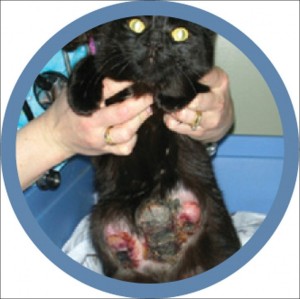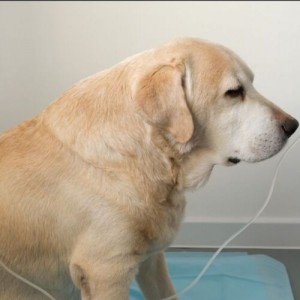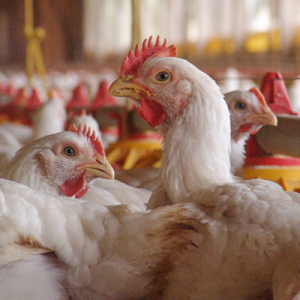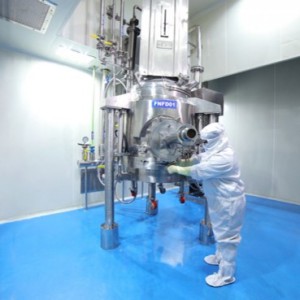Systematic analysis of the chicken gut microbiome reveals antibiotics alter expression of multiple microbial pathways
Antimicrobial resistance is a major threat to global health, and has put pressure on the livestock industry to eliminate the use of antibiotic growth promoters (AGPs) as feed additives. To mitigate their elimination, effective alternatives are required. AGPs are thought to operate by modulating the gut microbiome to limit opportunities for colonization by pathogens, increase nutrient utilization, and reduce inflammation. However, little is known about the underlying mechanisms.
AGPs are thought to operate by modulating the gut microbiome to limit opportunities for colonization by pathogens, increase nutrient utilization, and reduce inflammation. However, little is known about the underlying mechanisms.
Now, a new study has conducted systematic research into both the composition and function of the chicken gut microbiome, in response to AGPs. The birds were bred with two different diets and AGP treatments, and 16S rDNA surveys were applied at six gastrointestinal sites sampled at three key points in the birds' life cycle. Functional investigations were conducted using meta transcriptomics and metabolomics analyses.
A more nuanced view
The study reveals a more nuanced view of the impact of PCAs, depending on the age of the bird, diet and gut site sampled. Although AGPs have a limited impact on taxonomic abundance, they appear to redefine influential taxa that may promote the exclusion of other taxa.
Zou, A., Nadeau, K., Xiong, X. et al. Systematic profiling of the chicken gut microbiome reveals dietary supplementation with antibiotics alters expression of multiple microbial pathways with minimal impact on community structure. Microbiome 10, 127 (2022). https://doi.org/10.1186/s40168-022-01319-7














List
Add
Please enter a comment